While AI has proven itself to be extremely capable in discerning optimal chemical structures, synthetic feasibility remains a challenge.
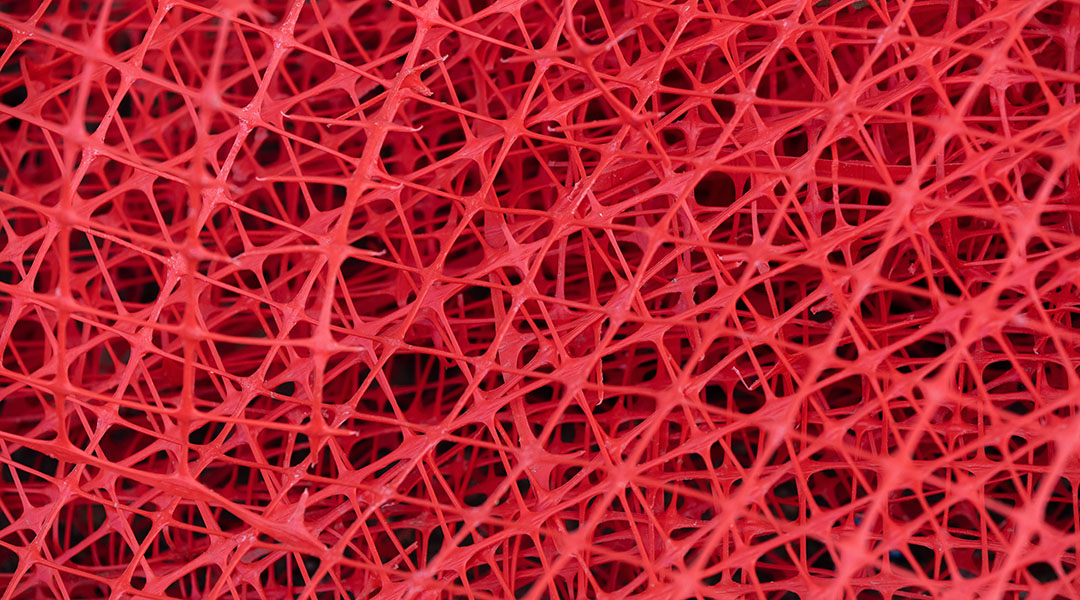

While AI has proven itself to be extremely capable in discerning optimal chemical structures, synthetic feasibility remains a challenge.
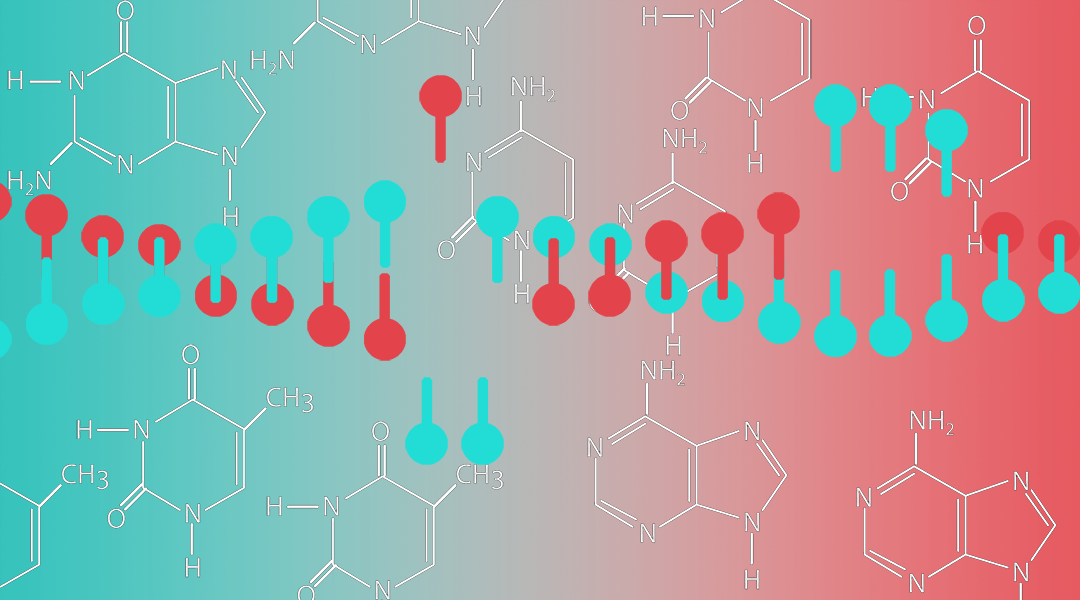
Here we take a look at how CRISPR, the revolutionary “molecular scissors”, works and where its being used.

The genesis of a crystal was something we have imagined for centuries, and being able to watch it was like living in a dream.
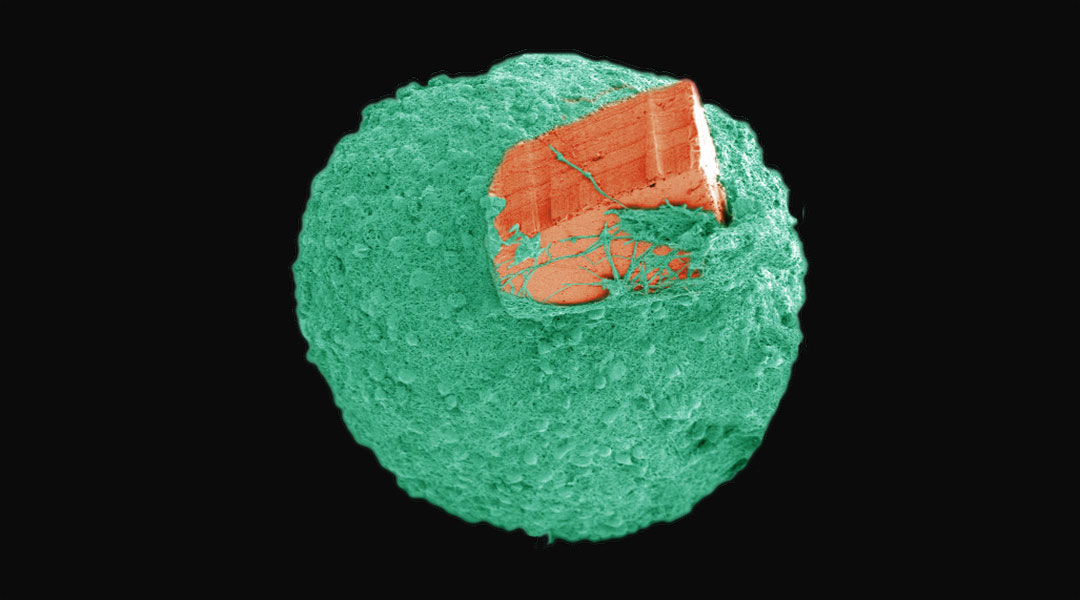
From Trojan horses that help sneak therapeutics past the blood–brain barrier to advanced brain models built on microchips, we celebrate innovative science in breathtaking images.

3D bioprinted models of developing human hearts reveal critical factors that shape heart development.
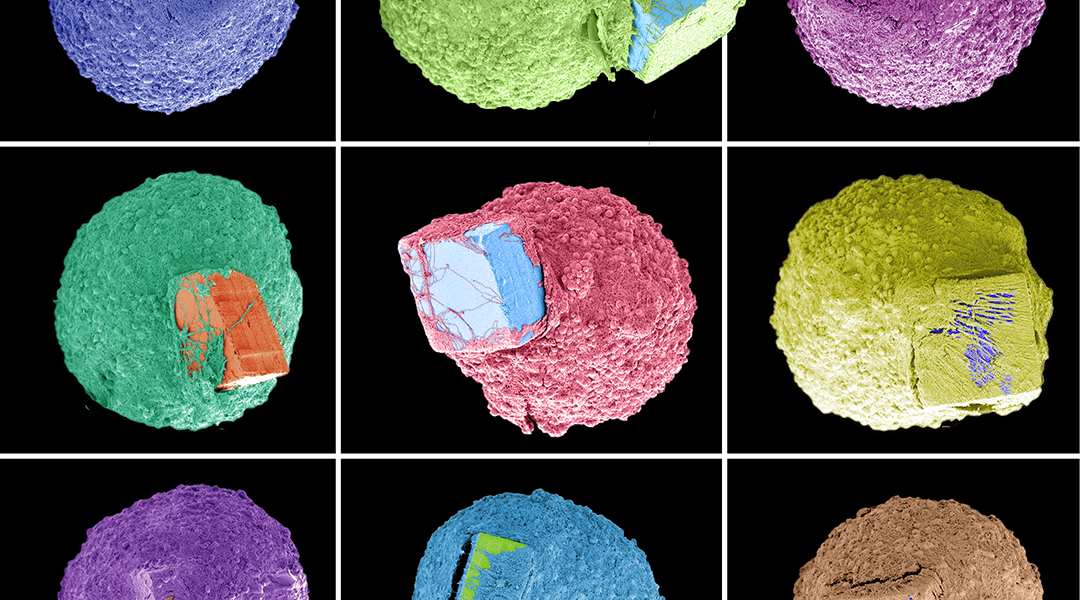
Researchers successfully grow 3D brain tissue on fully-integrated microchips for neural biosensing applications.
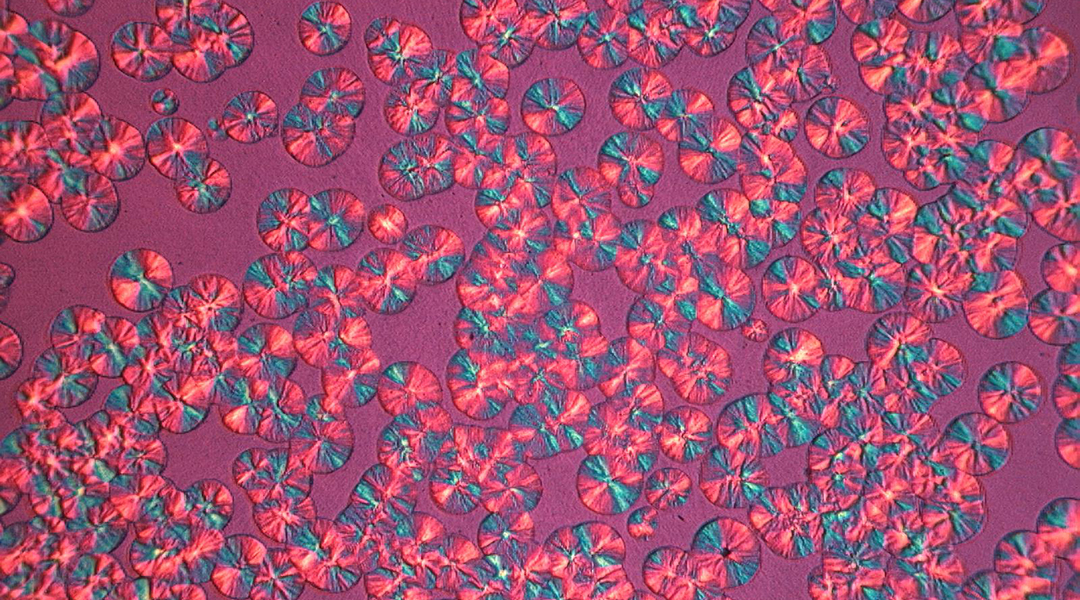
Bringing science to life through spectacular images.

Computational modelling enhances the multidisciplinary approach to understanding the epithelial-to-mesenchymal transition in cancer metastasis.
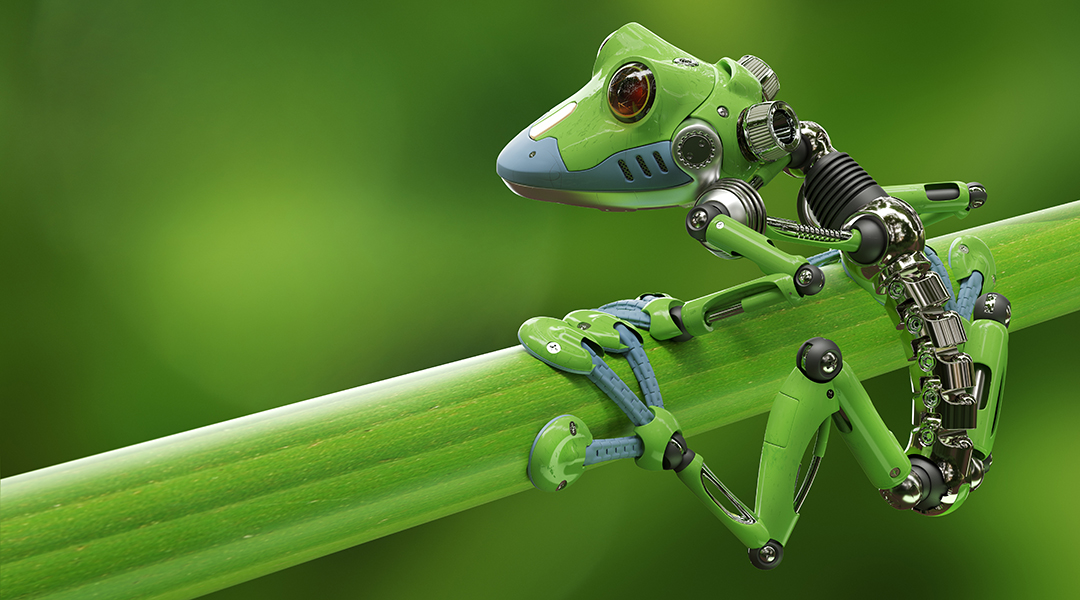
Tiny ‘xenobots’ assembled from cells promise advances from drug delivery to toxic waste clean-up.
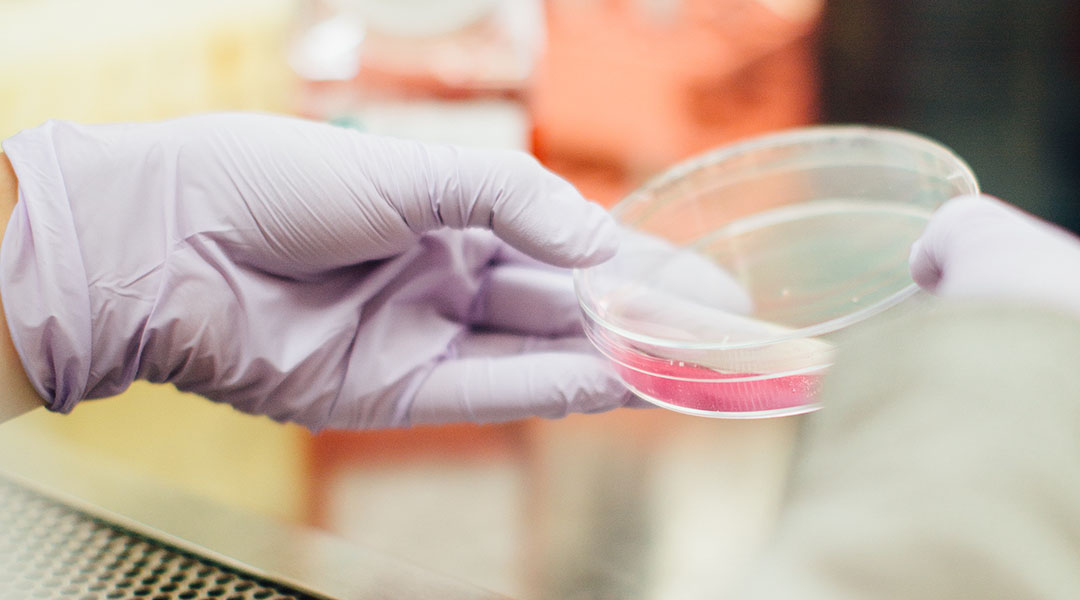
Researchers have successful implanted artificial factories into living cells with the hope of producing molecules for therapeutics.